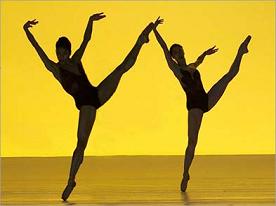Evolution Of Fine arts.
Fine arts focus their interest on aesthetics.
They are distinguished into 6 main groups, which are:
Music:
An organized set of sounds that pass through a period of space and time. Music plays an important role in all societies. It presents characteristics of styles in the different geographical regions or historical periods of the planet.
Dance:
This is the name given to rhythmic body movements that are based on a pattern, closely related to music. Dance is a form of expression and communication since people express themselves through movement. Dance is the transformation of normal functions and common expressions into unusual movements for extraordinary purposes.
The dance may include a pre-established vocabulary of movements, as in ballet and European folk dance, or symbolic gestures or mime may be used, as in the many forms of Asian dance.
The different types of dances and movements reveal a lot about the way of life of people from different cultures.
Painting:
Art of representing real, fictitious or simply abstract images on a surface, which can be of a very diverse nature such as fabrics, papers, metals or cardboard. This is done using pigments mixed with other organic or synthetic substances.
Sculpture:
Art of creating figurative forms, real or established , both free-standing and in relief using any material.
This art is characterized by representing the three dimensions of space: width, length and depth.
Architecture:
Art or science of designing and constructing any type of lasting building. It follows certain rules, with the aim of creating works suitable for their purpose, pleasing to the eye and capable of causing aesthetic pleasure when contemplated.
Declamation:
Includes all forms of Literature. It is the art that uses words as a means to achieve a combination of words that provoke the mobilization of feelings, generally established pleasure when read or listened to.
